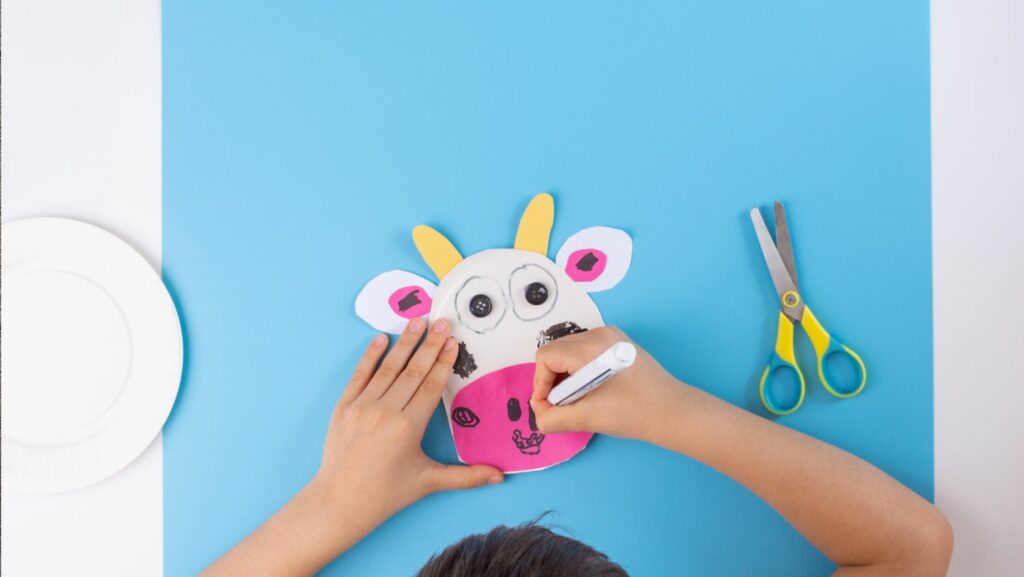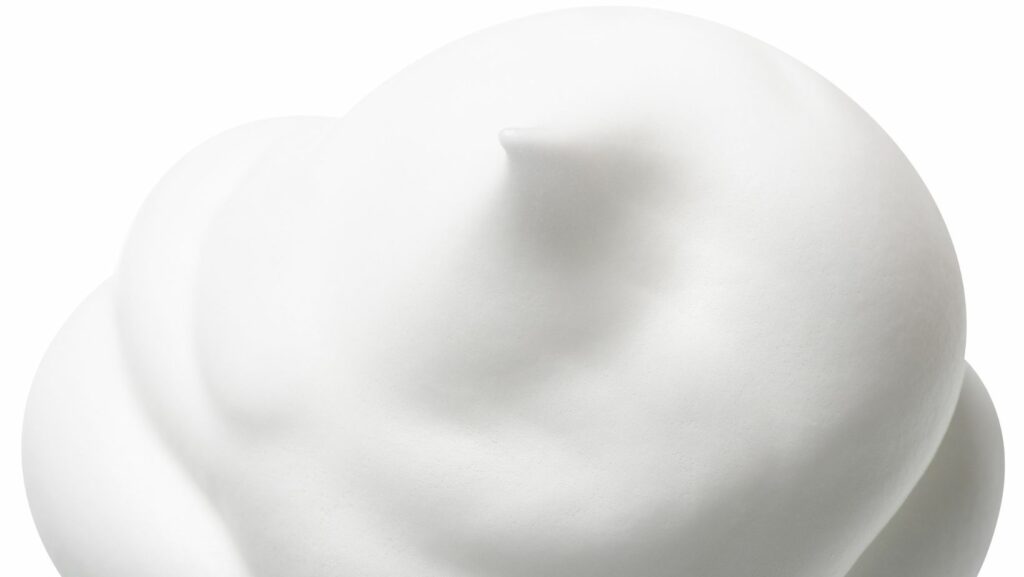As an avid crafter, I’ve always been fascinated by the world of metal crafts. It’s an art form where creativity meets strength, and ordinary pieces of metal are transformed into extraordinary works of art. Whether it’s a delicate piece of jewelry or a robust sculpture, the versatility of metal crafts is truly astounding.
In this digital era, where everything seems to be made of pixels and code, there’s something uniquely satisfying about creating something tangible and lasting with your own hands. Metal crafts offer just that opportunity. So, let’s dive into this captivating world, exploring its history, various techniques, and the endless possibilities it offers to artists and hobbyists alike.
Metal Crafts
 Navigating the journey of metal crafts uncovers an extraordinary fusion of creativity, strength, and artistry. Delving into this intricate world reveals transformative techniques that shape mundane metal pieces into astonishing masterpieces.
Navigating the journey of metal crafts uncovers an extraordinary fusion of creativity, strength, and artistry. Delving into this intricate world reveals transformative techniques that shape mundane metal pieces into astonishing masterpieces.
The timeline of metal crafts extends through millennia, displaying a fascinating evolution. The advent of metal crafts traces back to ancient civilizations, around 7000 BC, with occurrences of copper beads in Iran. Major breakthroughs occurred in the Bronze Age, about 3300 BC, when craftsmen mastered the art of alloying copper and tin to create bronze – utilising it for weapons and sculptures, indicative of monumental advancement in human civilization.
Various Techniques in Metal Crafting
In the realm of metal crafts, a variety of captivating techniques exist. First, forging, an archaic practice involving heating and shaping metal, presents a tactile and kinetic connection with the raw material. It’s often linked to blacksmithing.
The second technique, casting, requires molten metal to fill a mold. Notable for its repeatability, casting facilitates the production of numerous identical items–a process appreciating immense industrial importance. The third skill, soldering, centers around joining metal pieces. It’s a requisite strategy in jewelry making, maintaining equilibrium between strength and delicacy.
Popular Metal Crafts Around the World
 Spanning across continents, metal crafts embody unique cultural aesthetics and historical narratives. Let me take you through a tour of European and Asian metal artistry landscapes.
Spanning across continents, metal crafts embody unique cultural aesthetics and historical narratives. Let me take you through a tour of European and Asian metal artistry landscapes.
Europe, with its rich heritage, has produced remarkable metal crafts displaying an amalgamation of creativity and technology. Traditions like Blacksmithing in Ireland, enameling in France, and Filigree work in Portugal represent the broad spectrum of European metal artistry. Blacksmithing, for instance, is a centuries-old tradition in Ireland where craftsmen shape iron into beautiful artifacts, benefitting from the craft’s indulgence in Gaelic culture.
Asian Influence on Metal Crafts
Traversing the world to Asia, we discover a diverse array of metal crafts, each embedded with rich cultural narratives. In India, we find Bidriware, a renowned art form of inlaying silver and brass into blackened alloy of Zinc and Copper. Originating from the town of Bidar, this craft showcases intricate floral and geometric patterns inspired by Persian aesthetics.
Moving to Japan, we encounter the art of Mokume-Gane. Translating to “wood grain metal,” this craft involves fusing multiple layers of different metals, leading to spectacular patterns resembling natural wood grains. This complex technique is traditionally used in Samurai swords and now in jewelry and other decorative items.
Tools and Materials Needed for Metal Crafting
 Immerse yourself in the vast world of metal crafting. Gathering the right tools and materials acts as a stepping stone for this creative endeavor.
Immerse yourself in the vast world of metal crafting. Gathering the right tools and materials acts as a stepping stone for this creative endeavor.
Journeying into metal crafts doesn’t need an arsenal of tools. A handful of essential tools pave the way for beginners. First, a quality jeweler’s saw proves indispensable. It creates precise cuts and fine details in various metals. Next, files and burrs, ranging from needle files for minute adjustments to cylindrical burrs for shaping or deburring, augment the shaping process.
Choosing the Right Materials
Selection of materials forms a cornerstone of successful metal crafting. Metals such as copper, brass, and sterling silver serve as excellent choices for beginners due to their ease of manipulation and affordability. Metal sheets, ranging from 16 to 24-gauge thickness, accommodate a diverse array of projects. For soldering purposes, silver solder, sold in different hardness levels (hard, medium, and easy), ensures strong, clean joins.



